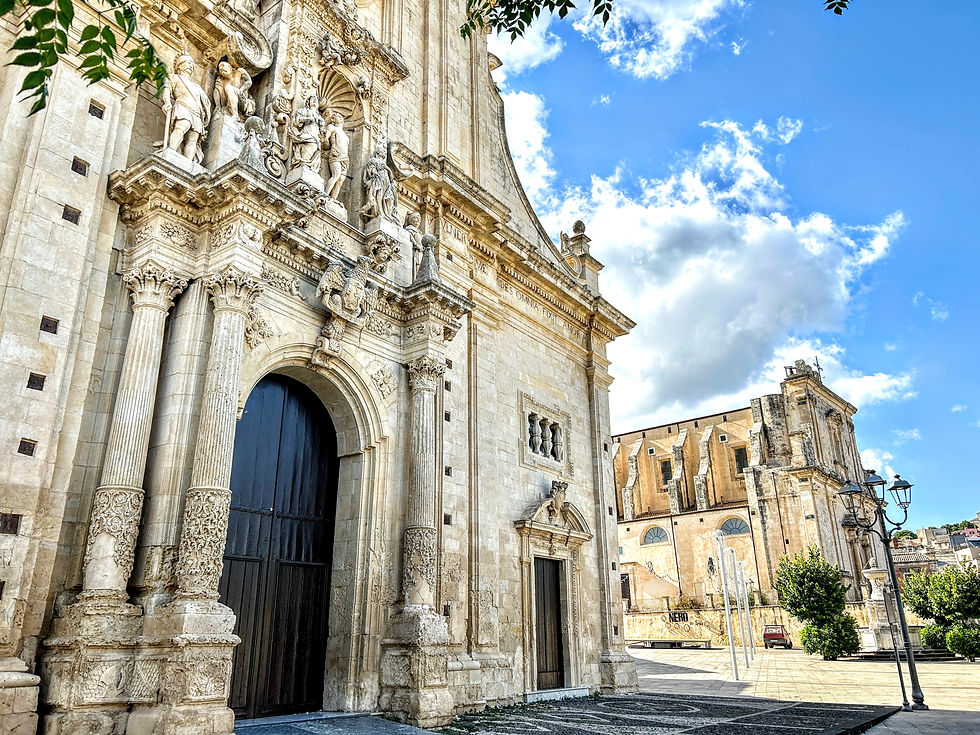Birthplace of Nino Manfredi. Here you will find the "Mamma Ciociara" with a splendid view from her panoramic terrace... #tuttitaly
Castro dei Volsci is an enchanting village in the Ciociaria region, characterized by a quiet life flowing through its picturesque alleys. This ancient village stands on a hill, watching over the Sacco valley. Once upon a time, the border between the Papal State and the Kingdom of Naples was located here, and traces of this thousand-year history can still be observed today.
The origins of Castro dei Volsci date back to the times of the Volsci, an ancient population who settled in these lands around the 5th century BC and was subsequently assimilated by the Romans.
The area of Roman settlement was the Casale plain, where the Benedictines founded the monastery of San Nicola between 542 and 552 AD, shortly after the famous abbey of Montecassino. The church of San Nicola still preserves frescoes dating back to the 13th century, executed in Byzantine style, depicting scenes from the Old and New Testaments.
Around the year 1000, due to frequent incursions and devastation, the Casale community abandoned the plain and took refuge on the fortified hill that today houses Castro dei Volsci.
The ancient walls, within which the Church of Sant'Oliva is located, are still visible in the circular route of the current Via Civita. The external circuit of the walls is accessed through four gates: the Porta della Valle, the Porta di Ferro, and the Porta dell'Ulivo allow access to the outermost course, while the Porta dell'Orologio leads to the second, more internal circle of walls. Crossing the Porta della Valle, you immerse yourself in a suggestive atmosphere among narrow; winding alleys paved with terracotta flanked by stone houses.
Inside the village, you can admire arches, shops that date back to the Middle Ages, and ashlar portals, evidence of the times in which the Colonna family dominated the fortress of San Pietro, the remains of which are found next to the church of Sant'Oliva. The latter boasts an altar consecrated in 1537 and suffered only minor damage during the bombings of the Second World War, which spared the town. The tragic events of that period are commemorated in the monument to Mamma Ciociara, the same ones that made Vittorio De Sica's film "La Ciociara" famous.
Regarding cinema, Castro dei Volsci is also the birthplace of Nino Manfredi, one of the most well-known and essential Italian cinema actors born in 1921.
Castro dei Volsci is a true jewel of Ciociaria, a village with history, art, and natural beauty, offering visitors a unique and unforgettable experience.


























Comments